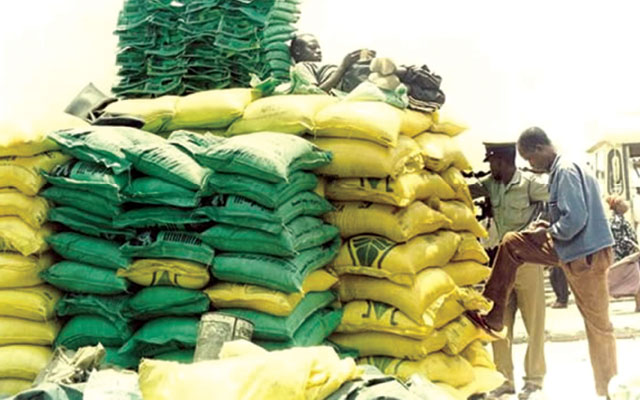Staff Reporter
Fertilizer companies have vowed to meet all fertiliser demands if Government and its financial institutions continue to support its drive toward a self-sufficient local production by 2025, a situation that will ensure a significant reduction in the country’s import bill, while ensuring a timely supply of inputs to farmers.
Speaking to this publication a contact at Sable Chemicals revealed that, there is an anticipated increase of AN production, and an import reduction of same.
“The 2025 projection is hinged on the US$11 million loan facility that the manufacturing entity got from Afreximbank in 2021. This has contributed toward the refurbishment of the AN plant which is expected to be completed by the end of the third quarter this year.
“Production of AN is anticipated to grow by over 600% during the period and by 2024, 60% of fertiliser demand will be met locally,” said the contact who preferred anonymity.
Currently, the fertilizer production is still below the national demand of 380 000MT for compounds and 400 000MT for top dressing.
A contact at Chemplex told this publication that his company has been working to locally produce phosphates through organic means.
“We project that after the upgrading and construction of Dorowa Mineral Phosphate and ZimPhos plants, we will be able to produce 150 000MT/annum, 75 000MT/annum of phosphate concentrate and sulphuric acid respectively,” said the contact on condition of anonymity.
Meanwhile, according to the national production statistics for 2020, 2021 and 2022 forecast, AN production for 2020 was 15 809MT which doubled to 31 882MT in 2021, with a projected production of 97 985MT by 2022. NPK Compounds were at 108 000MT in 2020, it increased to 141 000MT in 2021 and has a projection of 279 000 by year 2022. The country’s annual demand stands at a combined 780 000MT distributed as following 380 000MT for compounds and 400 000MTfor AN. Out of 780 000MT, the Presidential Input Scheme absorbs 270 000MT, Command Agriculture takes 280 000MT, while private buyers consume the remaining 230 000.




